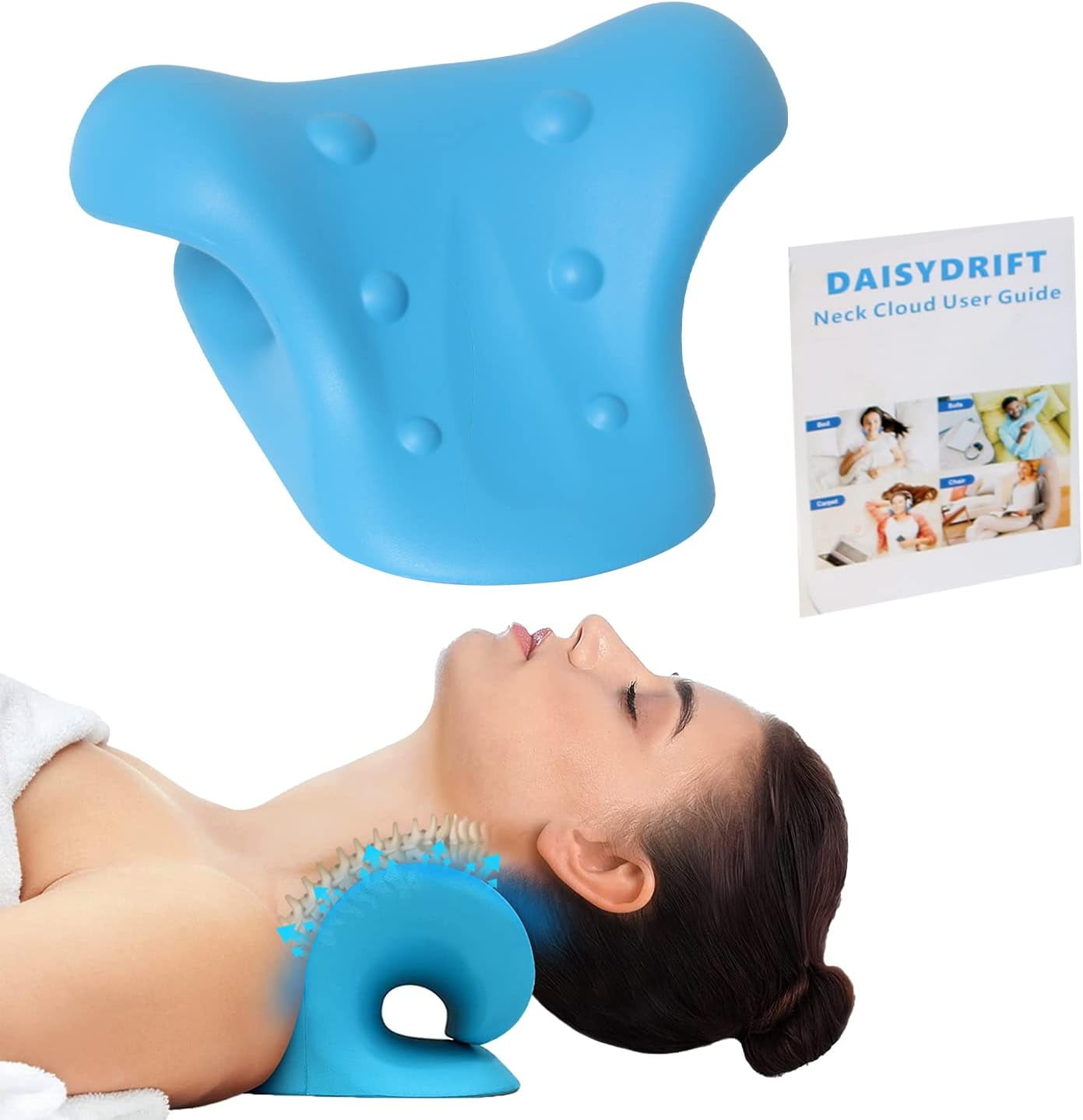Neck Cloud: Ergonomic Design for Optimum Convenience and Pain Decrease
Neck Cloud: Ergonomic Design for Optimum Convenience and Pain Decrease
Blog Article
Neck Discomfort in the Work Environment: Recognizing Risk Aspects and Implementing Ergonomic Solutions
Neck pain in the work environment is a common problem that can impact worker health and performance. By recognizing the numerous threat variables adding to neck pain and carrying out ergonomic remedies, companies can produce a much more favorable work environment.
Common Sources Of Neck Pain
Neck pain in the workplace is a widespread problem that can be attributed to numerous typical reasons. Furthermore, repetitive movements such as frequent flexing, turning, or reaching can also add to neck pain over time.

Ergonomic Threat Elements
Poor comfort designs in the workplace can considerably add to neck pain amongst workers. Factors such as incorrect desk height, poor chair support, and unpleasant positioning of computer system monitors can all play a duty in the development of neck pain. When staff members are compelled to rest for prolonged periods ready that strain their neck muscle mass, it can cause tightness, discomfort, and much more severe musculoskeletal problems over time.
Furthermore, inadequate ergonomic practices can lead to workers taking on awkward positions while functioning, such as craning their necks to see a computer screen or getting to annoyingly for a computer mouse or key-board. neck cloud. These repetitive movements and unnatural placements can put unnecessary stress and anxiety on the neck and surrounding muscle mass, bring about discomfort and lowered productivity

Workdesk Setup Recommendations
To reduce the risk of neck pain and pain, there are a number of desk setup referrals that staff members must take into consideration. Ensure that the computer monitor is placed at eye degree to prevent stressing the neck by looking up or down.
It is additionally essential to have sufficient lighting to lower eye stress, as squinting or leaning onward can look at this now lead to neck stress. Organize the workdesk design to keep regularly utilized items within arm's reach, limiting the requirement for repetitive turning or reaching activities. By carrying out these desk arrangement suggestions, employees can produce a much more ergonomic work space that sustains neck health and wellness and decreases the danger of creating occupational neck pain.
Extending and Exercise Tips
Basic desk-friendly stretches can assist alleviate neck pain and protect against tightness. Neck rolls, shoulder shrugs, and mild side-to-side neck stretches are reliable in easing stress.
Establishing pointers or making use of applications that motivate activity can aid develop a routine extending routine. By prioritizing these activities, you can improve your physical well-being, reduce the risk of neck discomfort, and boost your general efficiency in the workplace.
Significance of Normal Breaks
In a busy workplace where demands can contribute to physical pressures like neck discomfort, establishing a routine that emphasizes the value of normal breaks is paramount (neck cloud). Taking regular breaks throughout the day is essential for stopping and minimizing neck pain. Long term periods of sitting or recurring tasks can lead to muscle stress and tightness in the neck and shoulders. By have a peek at this site incorporating brief breaks into the work regular, workers can reduce the threat of establishing neck pain and boost general comfort and performance.
Normal breaks enable staff members to relax their muscle mass, stretch, and turn, preventing rigidity and advertising better blood circulation. Urging workers to take quick breaks every 30-60 minutes can help in reducing the build-up of stress in the neck and shoulders. These breaks can additionally act as a possibility for staff members to practice relaxation methods or mild neck stretches, better advertising bone and joint health. Carrying out a society that values and prioritizes normal breaks can have a significant influence on decreasing neck discomfort and boosting overall well-being in the work environment.
Conclusion
Finally, attending to ergonomic threat variables and applying correct workstation arrangements click here to read are important in decreasing neck discomfort in the office. By promoting great pose, supplying appropriate assistance, and encouraging regular breaks and stretches, organizations can develop a much healthier and a lot more efficient work environment for employees. Focusing on staff member wellness via ergonomic remedies is vital to protecting against pain and enhancing overall workplace complete satisfaction.
Neck pain in the office is a common problem that can affect staff member wellness and efficiency. By identifying and addressing these usual causes of neck pain in the work environment, employers can take aggressive actions to create an extra comfy and ergonomic job atmosphere for their staff members.
Poor comfort designs in the office can dramatically contribute to neck discomfort among staff members. By carrying out these desk configuration referrals, workers can develop a much more ergonomic workspace that sustains neck health and minimizes the risk of creating work-related neck discomfort.
Neck rolls, shoulder shrugs, and gentle side-to-side neck stretches are reliable in easing tension.
Report this page